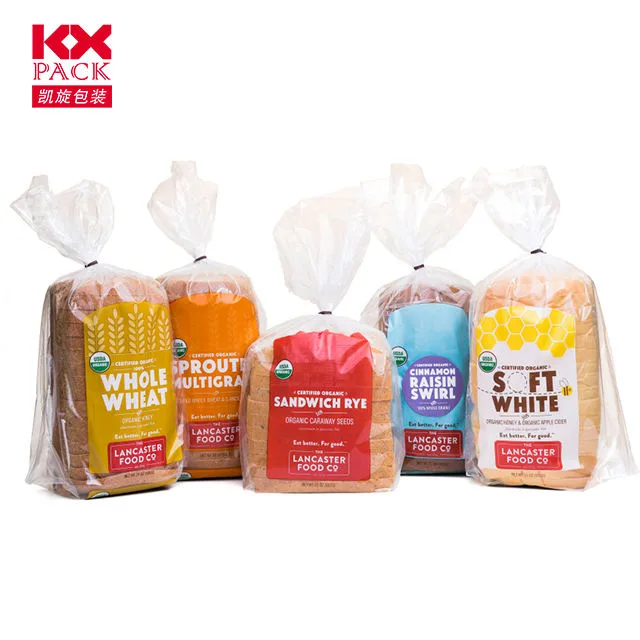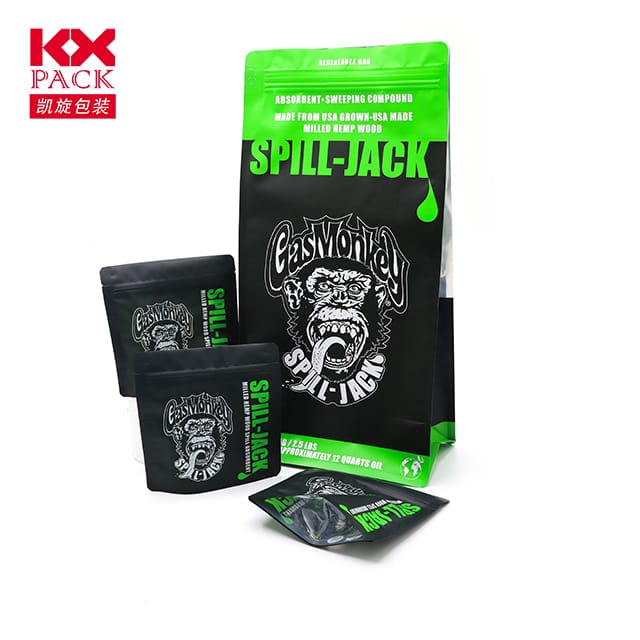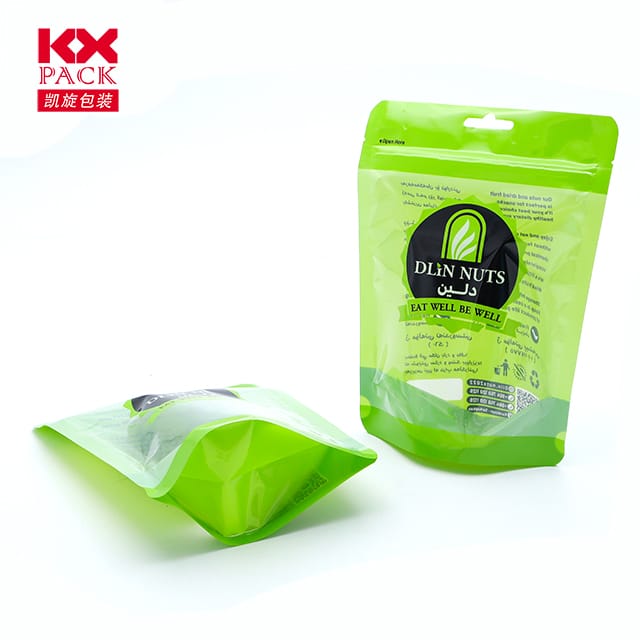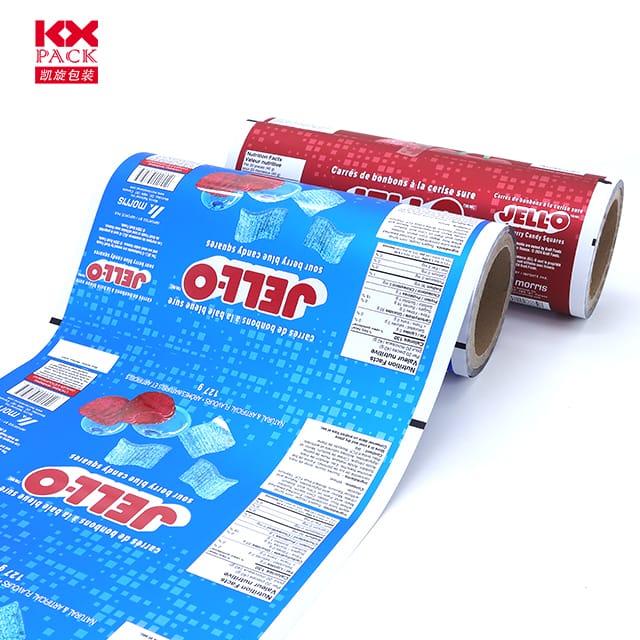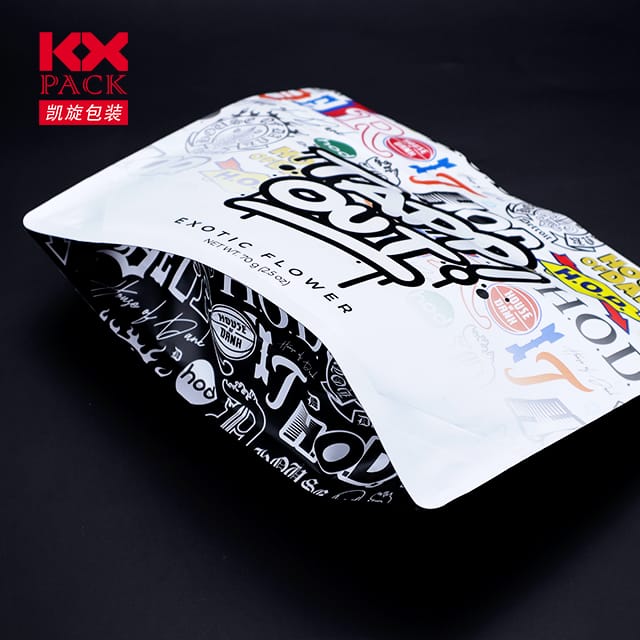Die toekoms van fabrieksverpakking: KI-gedrewe kwaliteitbeheer en voorspellende instandhouding
In vervaardiging, Fabrieksverpakking is critical for product integrity and customer satisfaction. Soos die eise vir konsekwentheid en doeltreffendheid toeneem, traditional Fabrieksverpakking processes (staatmaak op handkontrole en reaktiewe instandhouding) te kort skiet. Vandag, AI is transforming two core aspects of Fabrieksverpakking: Kwaliteitskontrole (QC) en voorspellende instandhouding—besnoeiing van foute en stilstand terwyl sy toekoms herdefinieer word
AI-Driven Quality Control: Sharpening Precision in Factory Packaging
Manual QC in Fabrieksverpakking struggles with human fatigue, missed defects (Bv., misaligned labels, incomplete seals), and slow speeds. Even old automated systems fail to adapt to material or lighting changes in Fabrieksverpakking. AI solves this with adaptive, data-driven inspection.
How AI QC Improves Factory Packaging
AI uses ML algorithms trained on “good” and “defective” Fabrieksverpakking images to spot anomalies:
- High-Speed Detection: AI cameras on Fabrieksverpakking conveyors scan 1,000+ packages/minute, catching issues like wrong barcodes or foreign particles (vital for food/pharma Fabrieksverpakking). A snack factory cut label errors by 92% with AI QC.
- Adaptability: AI adjusts to Fabrieksverpakking variables (Bv., plastic-to-paper switches). A beverage maker’s AI still checked bottle caps accurately during lighting flickers.
- Traceability: AI logs Fabrieksverpakking inspections with barcodes/RFID. It flags faulty batches, stops lines if needed, and identifies root causes (Bv., worn rollers causing seal issues).
Business Benefits for Factory Packaging
AI QC reduces Fabrieksverpakking waste by catching defects early and cuts labor costs. A 2023 PMMI study found 35% lower Fabrieksverpakking scrap rates and 28% fewer inspection hours. For pharma, AI simplifies regulatory reporting for Fabrieksverpakking compliance.
Predictive Maintenance: Cutting Downtime in Factory Packaging
Fabrieksverpakking lines depend on moving parts (conveyors, sealers, fillers). A single failure halts production, costing ~$22,000/minute (McKinsey). Traditional maintenance (run-to-failure or fixed schedules) wastes resources—AI’s condition-based approach fixes this.
How AI Maintenance Supports Factory Packaging
- Data Collection: IoT sensors on Fabrieksverpakking machines track vibration, temperatuur, and pressure (Bv., a stretch wrapper’s rising vibration from worn bearings).
- Anomaly Alerts: AI compares sensor data to normal Fabrieksverpakking operation, alerting teams to issues (Bv., a sealer’s abnormal temperature).
- Failure Prediction: AI forecasts part failures (Bv., “Conveyor motor needs replacement in 14 days”), letting teams maintain during off-peak hours.
Real Results for Factory Packaging
- A cosmetics factory cut Fabrieksverpakking downtime from 4 monthly shutdowns to 1 quarterly one with AI, saving $380k/year.
- A logistics Fabrieksverpakking facility avoided a 4-hour shutdown by replacing a faulty stretch wrapper part early, preventing 500+ delayed shipments.
Preparing for AI-Driven Factory Packaging
Adopting AI for Fabrieksverpakking needs:
- Data Infrastructure: Upgrade sensors on Fabrieksverpakking machines and secure data (key for pharma).
- Team Upskilling: Train staff to use AI tools for Fabrieksverpakking (Bv., interpreting maintenance alerts).
- Pilot First: Test AI on one Fabrieksverpakking line before scaling to reduce risk.
Cloud-based AI makes this accessible for small/mid-sized factories, building resilient Fabrieksverpakking operations.
Final Thoughts
AI doesn’t replace humans in Fabrieksverpakking—it handles repetitive tasks (Bv., fast inspections) so workers focus on optimizing processes or designing new Fabrieksverpakking. For factories embracing AI, the rewards are clear: fewer Fabrieksverpakking defects, less downtime, lower costs, and a future-ready system. The question isn’t if AI transforms Fabrieksverpakking—but when you join in.

